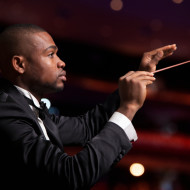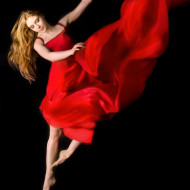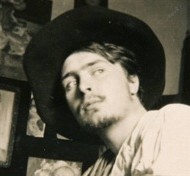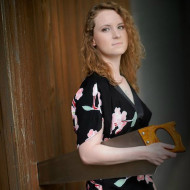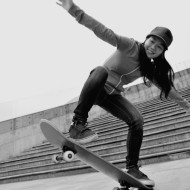
Rudolf Laban was 21 years old when the 20th century began. For Laban, as well as his fellow artists living in Munich and Paris, the new century seemed to be a time of great promise. The European nations were colonial powers that dominated 85% of the world economically and politically. Europeans saw themselves as the cultural elite, overseeing a future of unparalleled scientific and technical progress.
Nevertheless, the beginning of the new century was also a period of great anxiety. Modern Europeans possessed a greater understanding of the workings of the material world than any previous civilization.… Read More

